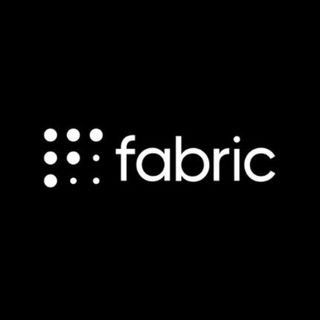Audio Presented by

Headless commerce platform that helps businesses deliver world-class buying experiences
About Author
Headless commerce platform that helps businesses deliver world-class buying experiences

Headless commerce platform that helps businesses deliver world-class buying experiences
Headless commerce platform that helps businesses deliver world-class buying experiences